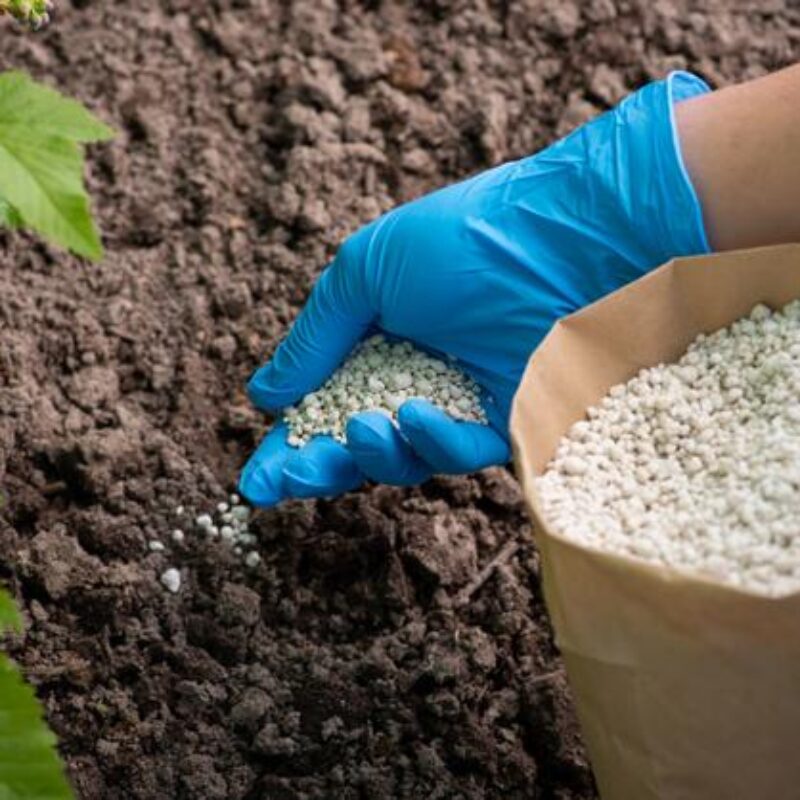All living organisms rely upon micronutrients to sustain their basic biological functions. Micronutrients include vitamins and minerals that are acquired from food sources and used by living organisms to grow, reproduce, and recover from illness and injury. In humans and animals, niacin, ascorbic acid, thiamine, calcium, and sodium represent familiar micronutrients found in foods.
Plants, like animals, also require micronutrients to help support their basic functions. The primary nutrients needed by plants include carbon, hydrogen, oxygen, and three essential minerals. Carbon is acquired from the atmosphere, while hydrogen and oxygen are derived from water.
To acquire the three essential minerals, NPK fertilizer represents the primary product used for supplementing the nutritional requirements of flowers, trees, grasses, and agricultural crops.
What does NPK stand for? The NPK meaning reflects the three elements found in this fertilizer mixtures—nitrogen, phosphorus, and potassium. The three letters refer to the chemical symbols used to identify these elements:
- N for nitrogen
- P for phosphorus
- K for potassium
When plants are regularly fertilized, they receive all of the essential nutrients needed for proper growth. Studies have shown that plants receiving fertilizers are more resistant to pests and disease. Moreover, fertilizing plants also enhances the flower and leaf growth, as well as crop production.

